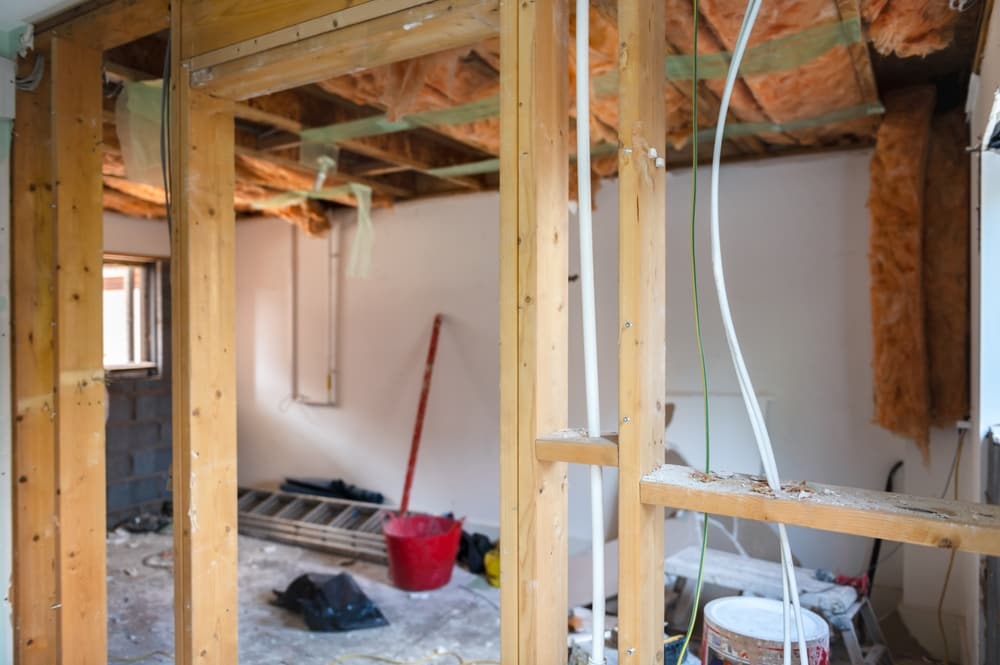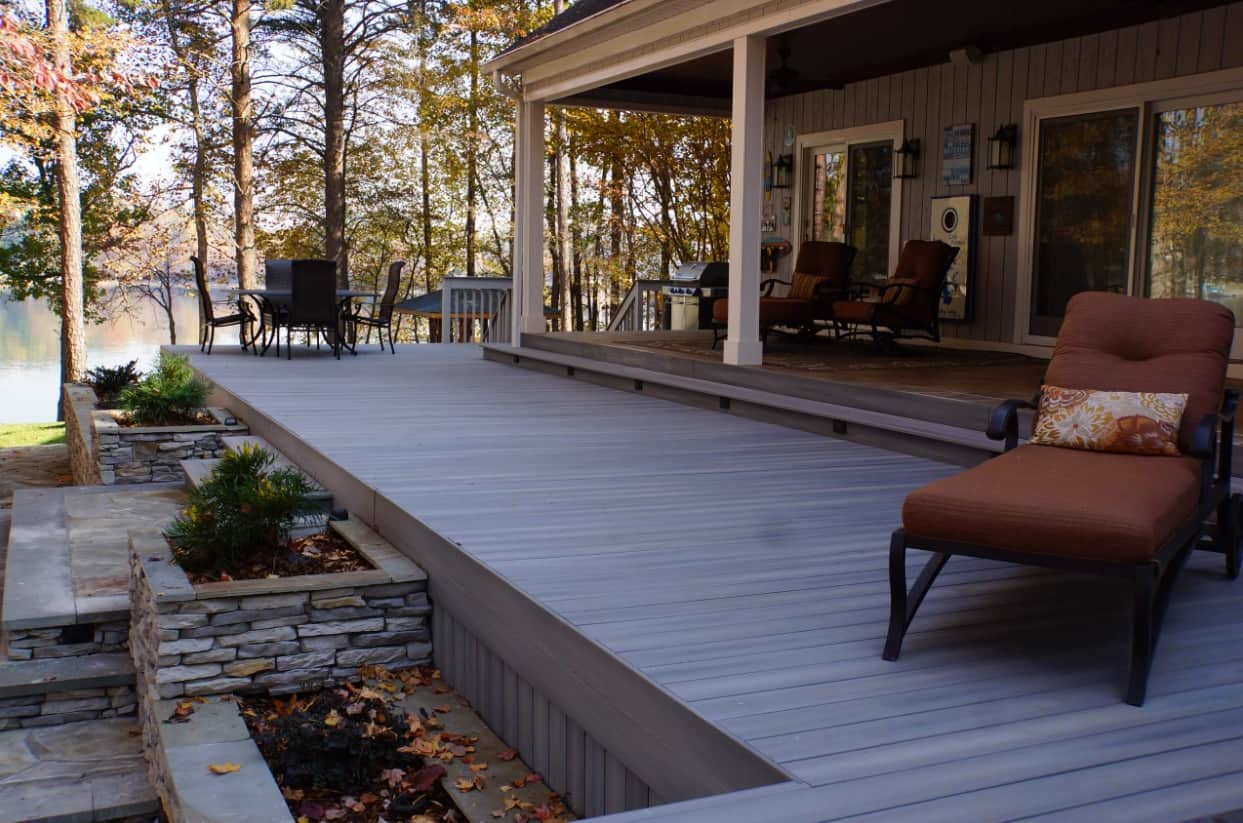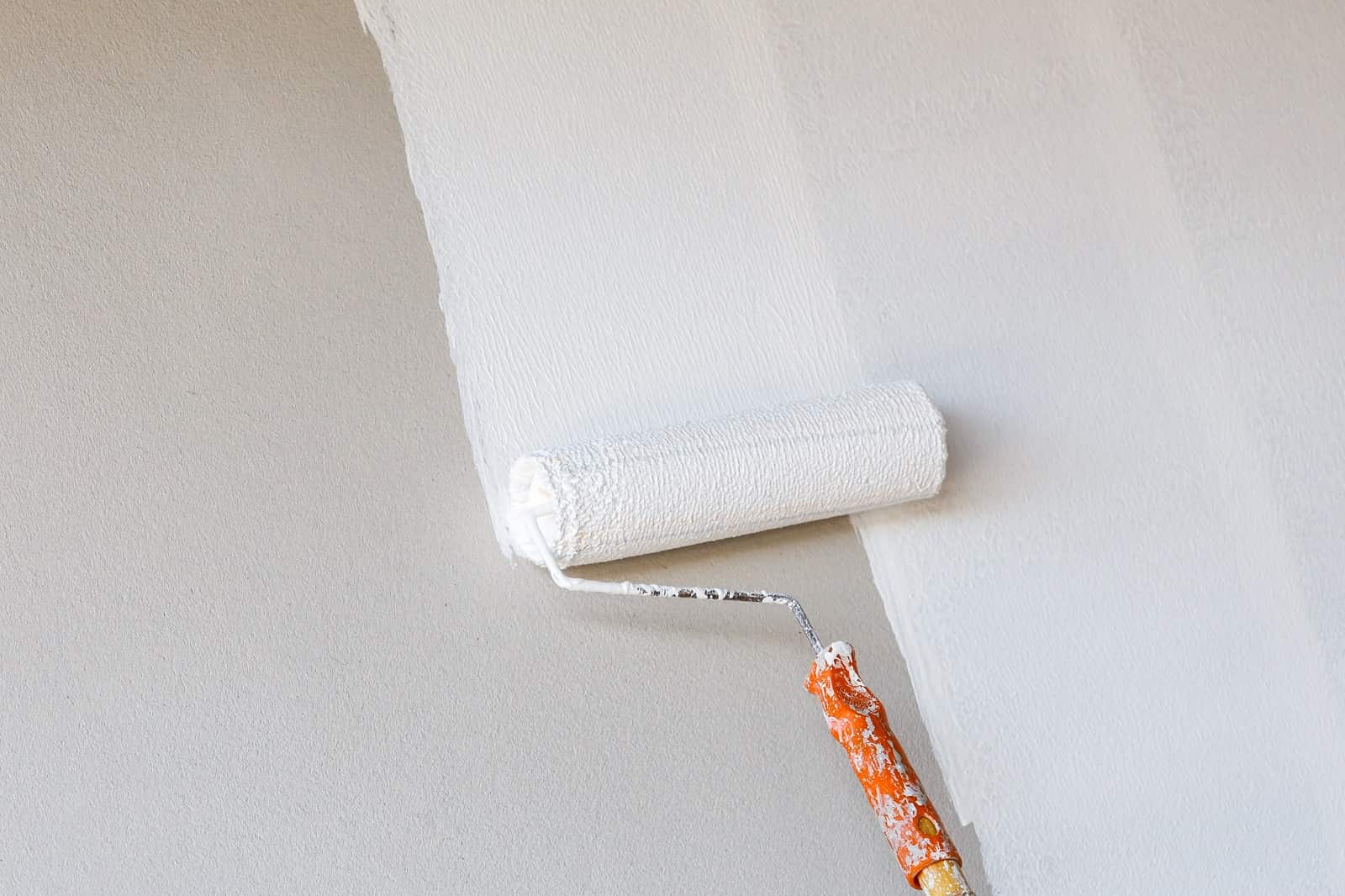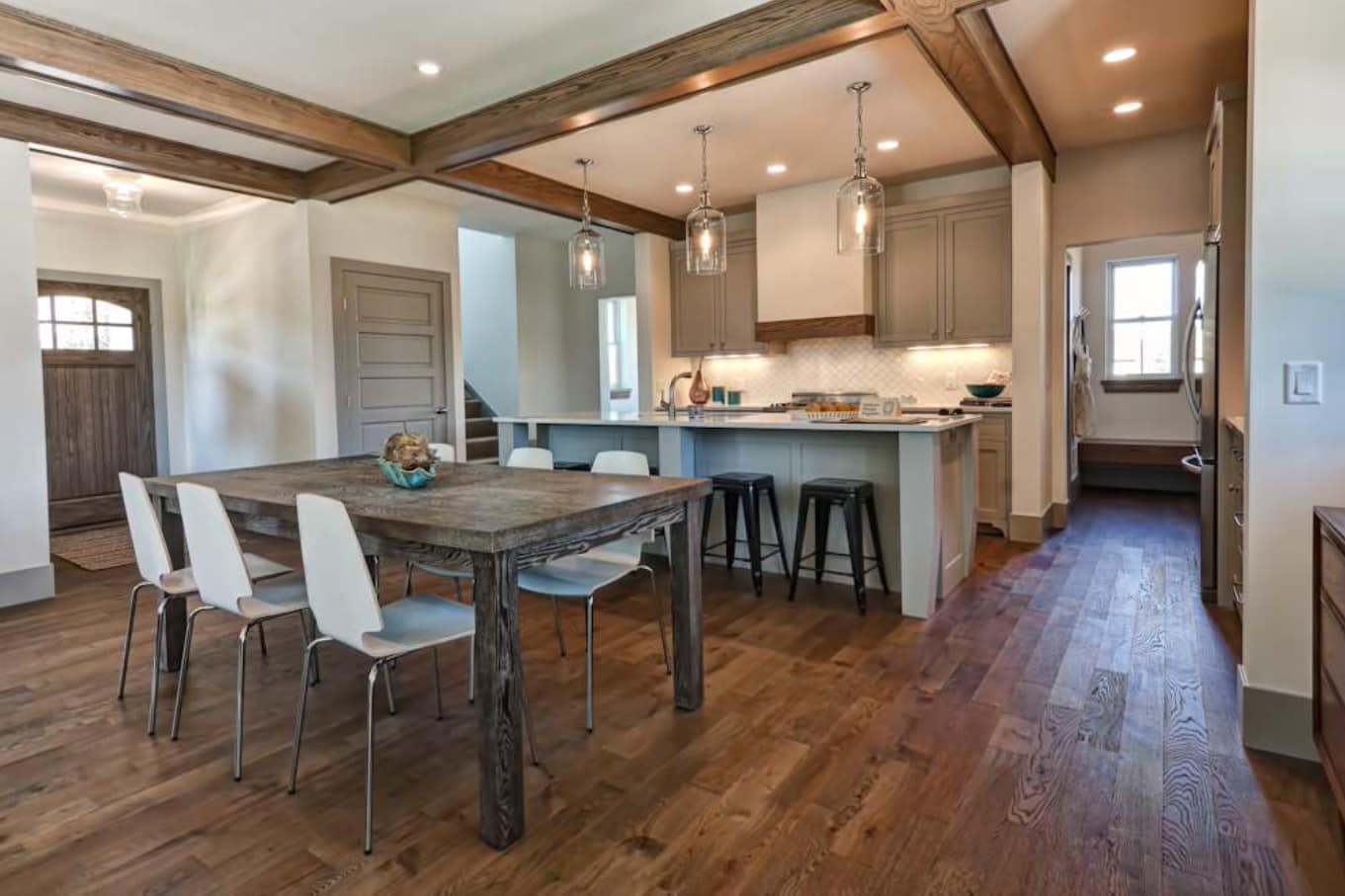When it comes to home renovations, experts recommend overhauling certain spaces every 15 to 20 years, with kitchen renovations every 10 to 15 years, as this room tends to get the most usage. And given that Americans move on average 11-12 times in a lifetime, the best opportunity to make changes around the house is actually upon buying it.
Whether this is the first time you’re redoing your home, or you’ve done it before but now need more guidance, here are a handful of tips to keep in mind before preparing for a home renovation project:
1. Set a Budget and Stick to It
No matter the size and scope of your home improvement, you’ll need to be cognizant of costs before setting and sticking to a budget. But first things first: Identify what work needs to be done, research any and all available options, and then set a spending limit for each component, room, and the maximum total you’re willing to spend. It’s vital that you take this preliminary step and stick to your initial financial decisions, as it can be rather easy to plop down more money for that dazzling countertop or tile model than you originally envisioned.
2. Leave Technical Aspects to the Pros
As the old saying goes, don’t bite off more than you can chew. This is especially true with home renovation projects. While you might have concepts and ideas about how to update your living room, kitchen, and/or bathroom, it’s typically hired professionals who have a better idea of what it takes to get certain things done. To that end, it’s crucial you hire cost-effective, reliable, and trustworthy contractors who are experts in what they do. Only hire qualified electricians and plumbers, and trust their decision-making on materials and plans. Plus, by hiring dependable contractors, you save time, money, and stress — all of which are critical for any home renovation project.
3. Look for Inspiration Everywhere
If the changes you need to make are mostly aesthetic, you can find plenty of inspiration for your project online, albeit on Pinterest boards, interior design e-magazines, or social media groups. Don’t forget to also take a peek at the offline world, as you can better see how certain colors, shapes, and materials will help complement your existing design. These include home improvement stores and furniture showrooms, but feel free to observe the homes of your friends or neighbors for a real feel.
4. Try to Establish a Timeline
One of the most common issues for people renovating their homes is time management. Projects may start with unrealistic estimates and snowball into the impossibility of finishing on time. Basically, no matter how long you think a renovation might take, it could end up taking a bit longer than anticipated. That’s why it’s important to have an accurate initial assessment of work that needs to be done, to which you have to add a buffer for unpredictable situations.
5. Don’t Overlook the Fine Details
You might want to focus on the big picture, and this is, in fact, the right way to go, but make sure you also pay attention to finer points along the way. If you find yourself saying, “Now is not the time” or “We’ll see about that when this is all said and done,” well, there’s a surprise in store: It’s cheaper to do things in the right order than to come back to them when it’s too late.
Think about mini-improvements from the beginning and include them in the renovation flow. They could be things like extra storage that could be incorporated under the stairs, beds, couches, or on top of wardrobes. Or, it could be about better capturing natural light with the use of mirrors and light colors, instead of making windows bigger. Remember: Good planning is always a win!








